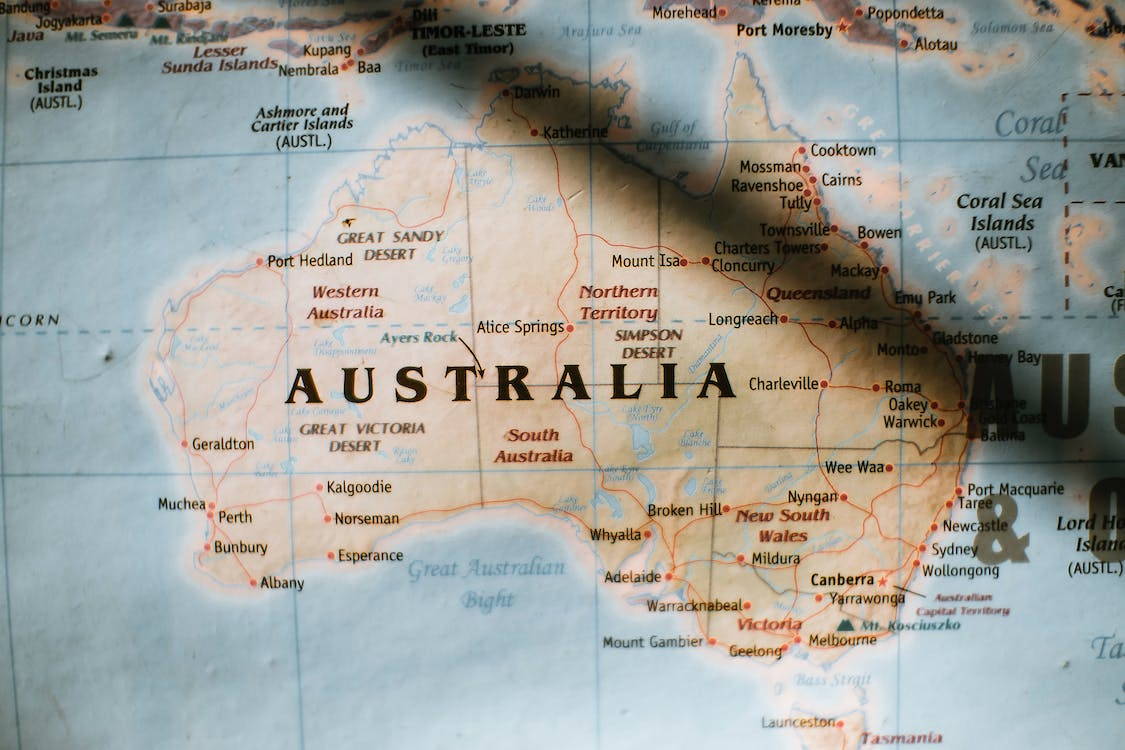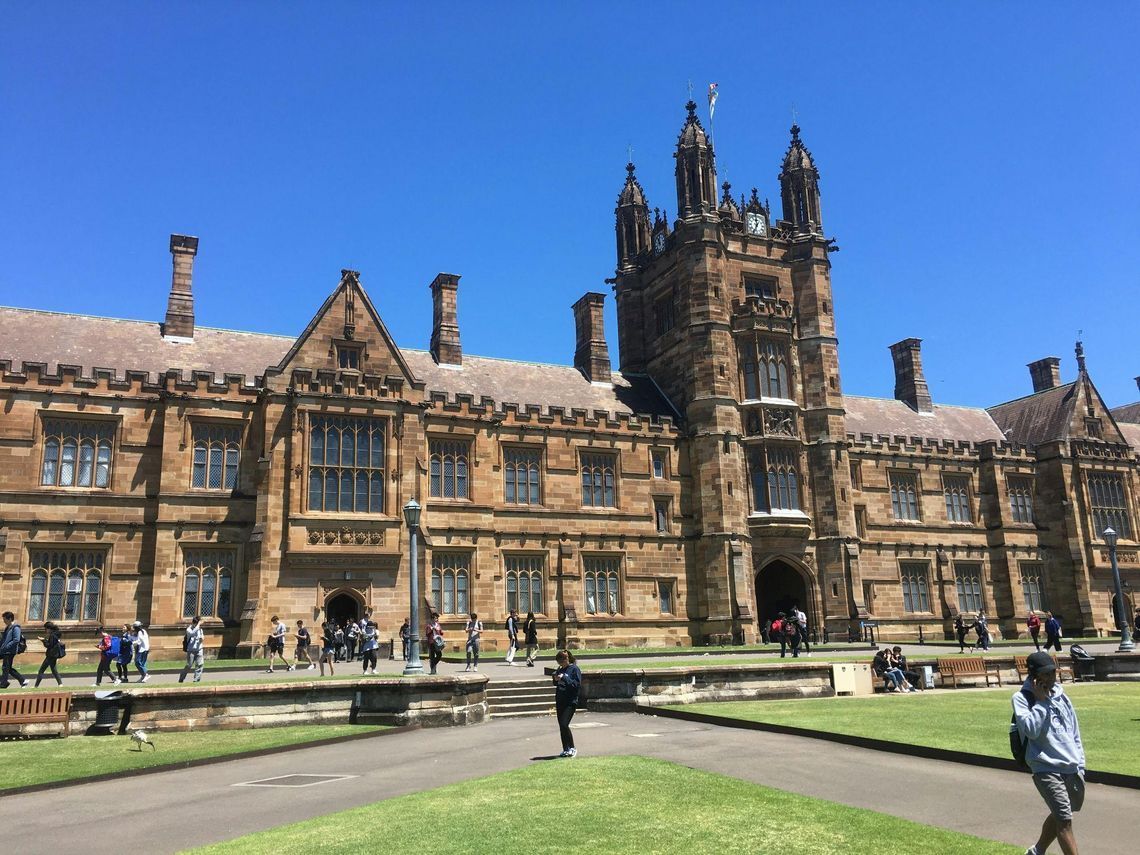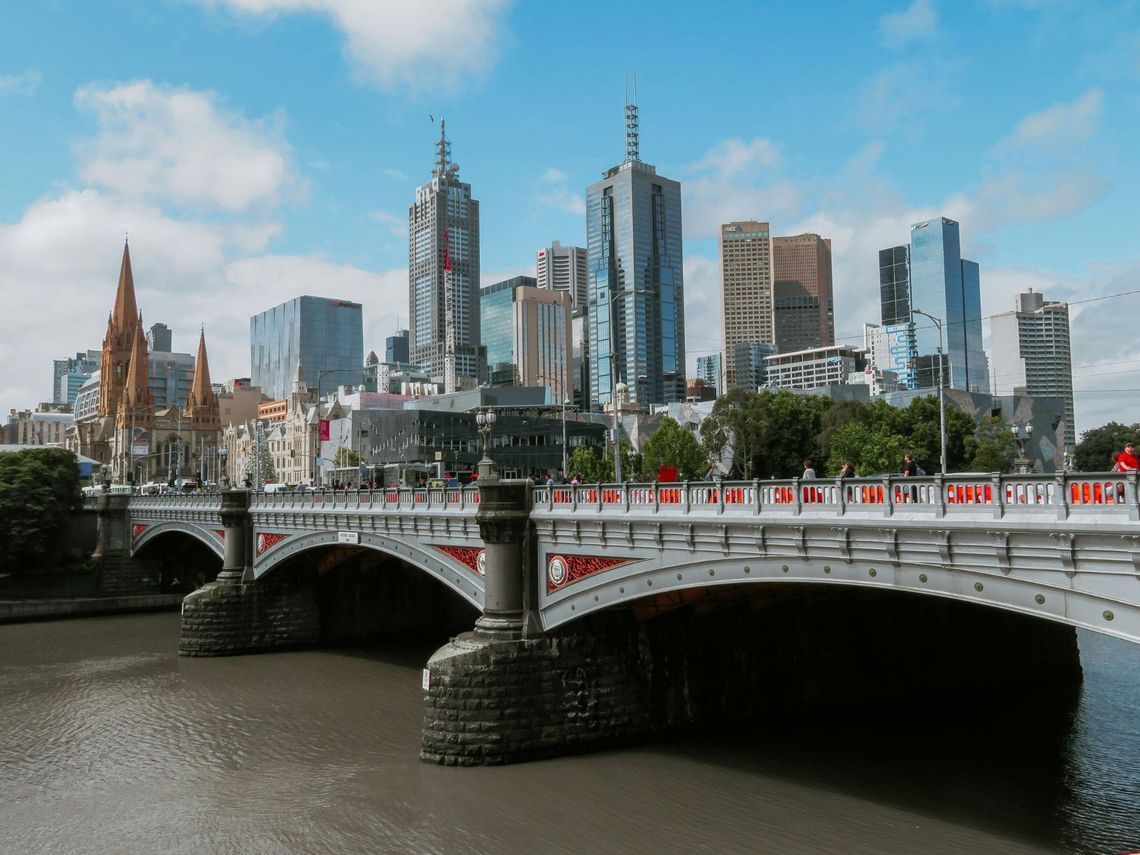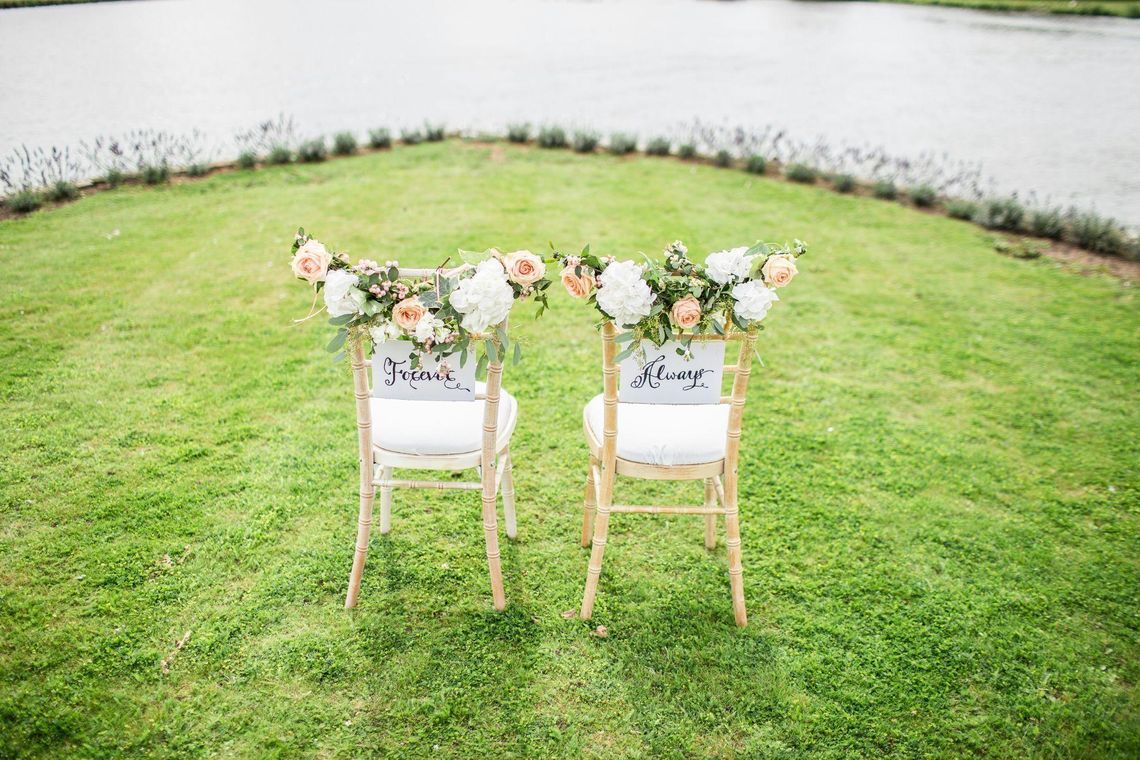
Apply to a foreign university with confidence
- Properly fulfilled documents
- Perfect motivation letter
- Support from a personal mentor
- Offers from several universities
Article score: 4.33 out of 5 (3 reviews)
How to immigrate to Australia: professional and student immigration. Immigration for labor, business, or investment. Requirements for documents and assessing chances of getting a visa.
Free consultation
Australian immigration policy is one of the most open in the world. First of all, Australia cares about the wellbeing of its society and welcomes the immigration of businessmen and professionals, as well as talented students. In addition, immigration law allows immigrants and their families to fully live and work in the country thanks to a well-thought-out visa system. Immigrants have the opportunity to obtain a permanent residency, and then, after matching a certain number of criteria, obtain citizenship.
In order to immigrate to Australia, you need to get an immigrant visa that automatically gives the right for permanent residence in Australia. One of the features of the immigration process is that you can apply for a visa online. Submission of biometric data is the only step at which you will need to visit the Australian embassy because a visa is issued by email. However, this does not mean that immigration to Australia is quick and easy. The candidate will need to collect a lot of documents, the preparation of which may take longer than applying for the visa itself: this includes a language certificate, confirmation of professional qualifications by the Australian authorities, and a job offer. For this reason, you should start preparing for immigration in advance, but take your time, buying tickets right away is not worth it.
| Type of immigration | Exam* | Cost | Consideration | Condition |
| Student | 5.5+ | 365 USD | 1-10 weeks | Education at a university or a language program |
| Professional | 6.0+ | 2,382 USD | 12-15 months | High qualifications |
| Labor | 6.0+ | 2,382 USD | 5-10 months | Job offer |
| Business and investment | 4.5+ | 1,443 USD | May vary | Opening or acquiring a business and investing in the Australian economy |
| Marriage | No | 758 USD | 12-29 months | Groom, bride, spouse or partner is a citizen or resident of Australia |
| Family reunification | No | 758 USD | May vary | A close relative of a citizen or a resident |
| Humanitarian | No | 22 USD | May vary | Refugee or a person in search of protection |
* The minimum IELTS score. The results of PTE, TOEFL iBT, CAE, OET exams are also accepted.

To immigrate to Australia, you can choose to go there to study with a student visa, find work after graduation and stay there permanently. Student visas are given to students of secondary schools, vocational schools, and universities. After graduation, a foreign student can obtain a temporary graduate visa for employment. To obtain an Australian student visa, you must first go to an educational institution and receive a confirmation of admission. After obtaining a visa, a student can enter the country and start studying. The cost of a student visa starts from 365 USD and depends on the level of training and other factors — you can calculate the cost for yourself using a special pricing estimator.
In Australia, students can work while studying, which allows them to reduce the cost of living. You can start to work immediately after beginning your studies. There is a restriction on working hours — the student has the right to work no more than 20 hours a week. It should be noted that working on your free time, most likely, will not provide you with a sufficient income to lead a leisurely life and will only serve as a part-time job.
Main article Student visa to Australia
Read more about visa subclass 500.
| Subclass | Visa type | Validity | Purpose | Cost |
| 407 | Training visa | 24 months | For internships | 181 USD |
| 476 | Skilled-recognized graduate visa | 18 months | For study or work for engineering graduates | 238 USD |
| 408 | Research activities | 24 months | For participation in research projects | 181 USD |
| 485 | Temporary graduate visa | 18-48 months | For study or work for foreign graduates | 974 USD |
The most convenient choice for work after university is a temporary graduate visa and a skilled-recognized graduate visa. They are designed for those who intend to build a career in Australia. To obtain such visas, you must be under the age of 50 and confirm your qualification in a profession that is on the skilled occupation list (SOL) or complete a course from the Commonwealth Register of Institutions and Courses for Overseas Students (CRICOS). After obtaining this visa, you can apply for a permanent residence visa and apply for citizenship.
To attract qualified professionals from around the world, Australia created a separate immigration method for professionals using the Skilled Independent Visa (189). The main difference between professional and labor immigration is that the candidate does not need to have a standing job offer in order to get a visa. The Immigration Service evaluates the applicant’s Expression of Interest on SkillSellect, where he describes himself and his qualifications. A professional may also request the support of the country, state or territory. If he is chosen, he will be able to apply for a Skilled Nominated Visa (190). A candidate’s application must score at least 65 points in a special test (189, 190) to be invited to apply for a visa. For professional immigration to Australia, you must know English at B2+ level and confirm a degree and work experience.
Australia encourages the immigration of professionals for two reasons. Firstly, it seeks to fill the labor market with people with the highest possible qualifications. Secondly, the state needs specialists in certain states and territories due to a labor shortage, which is caused by a low population density. Therefore, the chances for successful immigration are higher for those whose profession is on the skilled occupation list and are able to confirm their education and work experience in accordance with Australian standards.
The cost of applying for a visa starts from 2,382 USD. Expression of Interest is free.
| Subclass | Visa type | Minimum points | Sponsorship | Consideration |
| 189 | Skilled Independent Visa | 65 | No | 5-7 months |
| 190 | Skilled Nominated Visa | 65 | Yes | 8-10 months |
If you find work in Australia, you can immigrate there with an Employer Nomination Scheme (186). Visa review takes 12-15 months with the cost of 2,382 USD.

Immigration of entrepreneurs and investors is important for Australia, as well as for many other countries: foreign entrepreneurs and investors provide capital inflows, create jobs, and fill up the shortages of goods and services in the market. Before immigration, the businessman must analyze the local market, negotiate with potential partners, states and territories, if necessary, present a business plan. When everything is ready, you need to submit an Expression of Interest and wait for the invitation to apply for a visa. Visas can also be obtained for investing in the Australian economy. For both categories of candidates visas of one subclass are provided.
| Subclass | Visa type | Validity | Purpose | Cost |
| 132 | Business Talent (Permanent) visa | ∞ | Opening/maintaining of an existing business (at least 634,470 USD on accounts) | 4,625 USD |
| 188 | Business Innovation and Investment | Up to 4 years and 3 months | Investments from 951,705 USD or owning/managing a business in Australia | 1,443 USD |
| 888 | Business Innovation and Investment (Permanent) visa | ∞ | For business/investment owners in Australia who already have a 188 visa | 1,526 USD |
Learn more about visas for businessmen on the official website (select the business or investment section).

This is the easiest way to immigrate to Australia that does not require language skills, education or professional experience. For marriage immigration, you need to get a special visa for the bride/groom — such a visa is needed to enter the country and marry a citizen or resident of the country. After that, you can easily get a visa for a permanent stay in Australia. Australians also recognize same-sex marriage.
Documents for obtaining a visa for marriage
The 801 marriage visa is for anyone who wants to marry in Australia.
The 100 marriage visa is intended for those who are already in an official or civil (from 12 months) marriage and are outside Australia.
| Subclass | Visa type | Purpose | Presence in Australia required | Validity | Consideration | Cost |
| 300 | Marriage in Australia | No | 9 months | 13-20 months | 4,543 USD | |
| 820/801 | Partner visa | Obtaining residency status | Yes | Until 801 is received | 19-26 months | 758 USD |
| 309/100 | Obtaining a resident status | No | Until 100 is received | 12-29 months | 4,543 USD |
You can also apply for an Australian visa if you:
For these purposes, a system of temporary and permanent visas is implemented, which are selected on a case by case basis. Information on the Department of home affairs website.
People, who have left their home country and cannot or do not want to return, due to the existing risk of facing persecution, may be granted an asylum in Australia. In this case, the candidate must provide evidence that will convince Australian authorities to grant the candidate asylum. A refugee may apply for a visa from another country or directly from Australia.
Australia provides political asylum to people whose rights are violated or who face persecution for political reasons in their own country. You can apply for a refugee visa from abroad (refugee visa, global special humanitarian visa), or if you arrived in Australia legally with any other visa (protection visa).
Travel expenses are reimbursed to holders of refugee visas 200, 201, 203 and 204. Holders of a 202 visa must pay for the flight themselves.
Arrivals in Australia can only apply for a Temporary Protection visa 785 or Save Haven Enterprise visa 790. However, a border violator will be sent to an immigration prison. The living conditions in such establishments are decent — you can use free medical, dental and legal services — a free lawyer is assigned to conduct asylum proceedings. However, staying in prison may take a long time: it takes months to process an application, as there are a lot of people seeking asylum in Australia. If the asylum application is rejected, the illegal must immediately leave the country at his own expense. The fact of the illegal border crossing and visa rejection remains in the personal file.
Asylum in Australia can be obtained by people who are persecuted in their home country on the basis of:
Those who fled from their country because of a humanitarian catastrophe like war, famine, genocide and massive violations of human rights can also count on protection.
It is necessary to provide as much evidence of the persecution as possible:
It must be reported if the refugee was subjected to torture, serious bodily harm was inflicted, or there is a threat of execution at home due to persecution on the basis of the indicated reasons.
| Subclass | Visa type | Validity | Location at the time of applying | Cost | Travel costs reimbursement |
| 200, 201, 203, 204 | Unlimited | In the country of persecution | Free | Yes | |
| 202 | Global Special Humanitarian visa | ∞ | In a third country | Free | No |
| 866 | Protection visa | ∞ | In Australia | 22 USD | - |
| 785 | 3 years | In Australia | 22 USD | - | |
| 790 | Save Haven Enterprise visa | 5 years | in Australia | 22 USD | - |
This is the last stage of immigration for those who want to get certain rights that are not available to permanent residents — for example, the right to vote in elections and be elected. An Australian passport will also allow you to travel without a visa almost all over the world[7]. To obtain it, you need to prove your close ties with Australia and show excellent knowledge of Australian culture.
To immigrate to Australia, you can collect all the documents and apply for a visa yourself or use the services of immigration agents. Immigration agents are professionals who help you to choose the right type of visa, collect the required documents, draw up and apply for a visa, and, if necessary, communicate with the Australian Department on behalf of the client. The state controls the quality of services in this area, so all agents who work in Australia are registered with the Migration Agents Registration Authority (MARA). A qualified agent is a specialist in immigration law. You can find an agent on the official website of the Registration Chamber of Immigration Agents.
You can apply for a visa yourself by contacting the Department of Home Affairs Australia on their website. There, you can use the convenient navigation system to choose a suitable visa and apply online.
60+ countries
we work with
$1,000,000 saved
by students through scholarships
6,400 offers
our students got